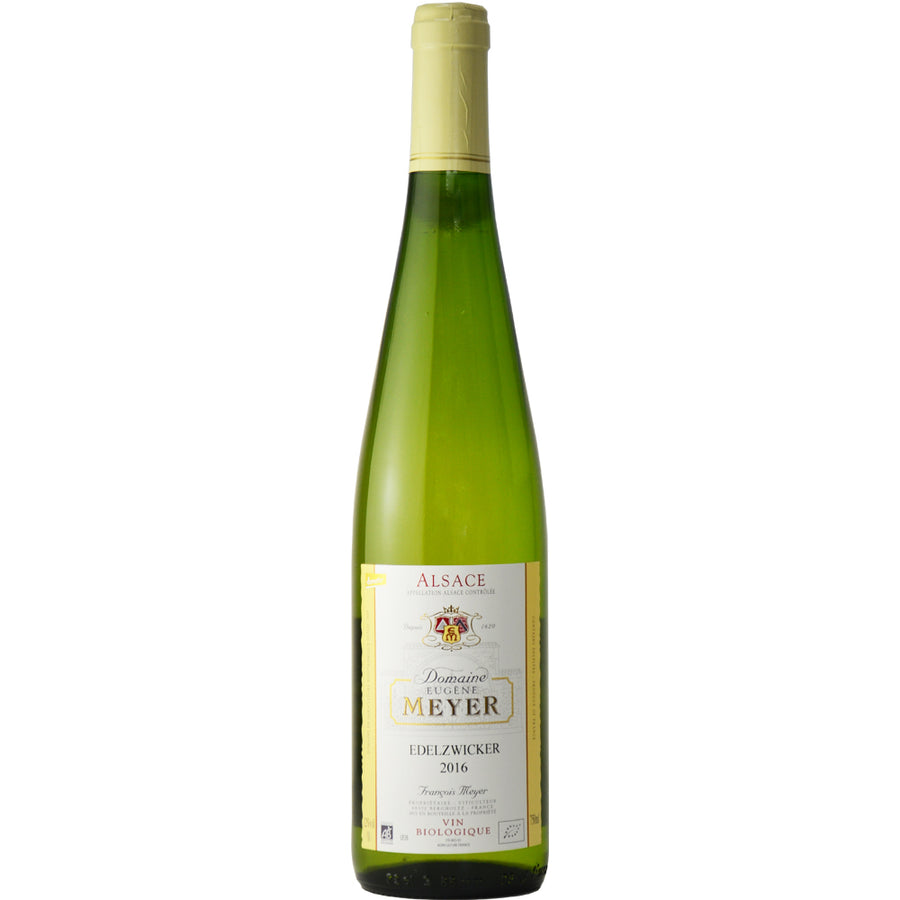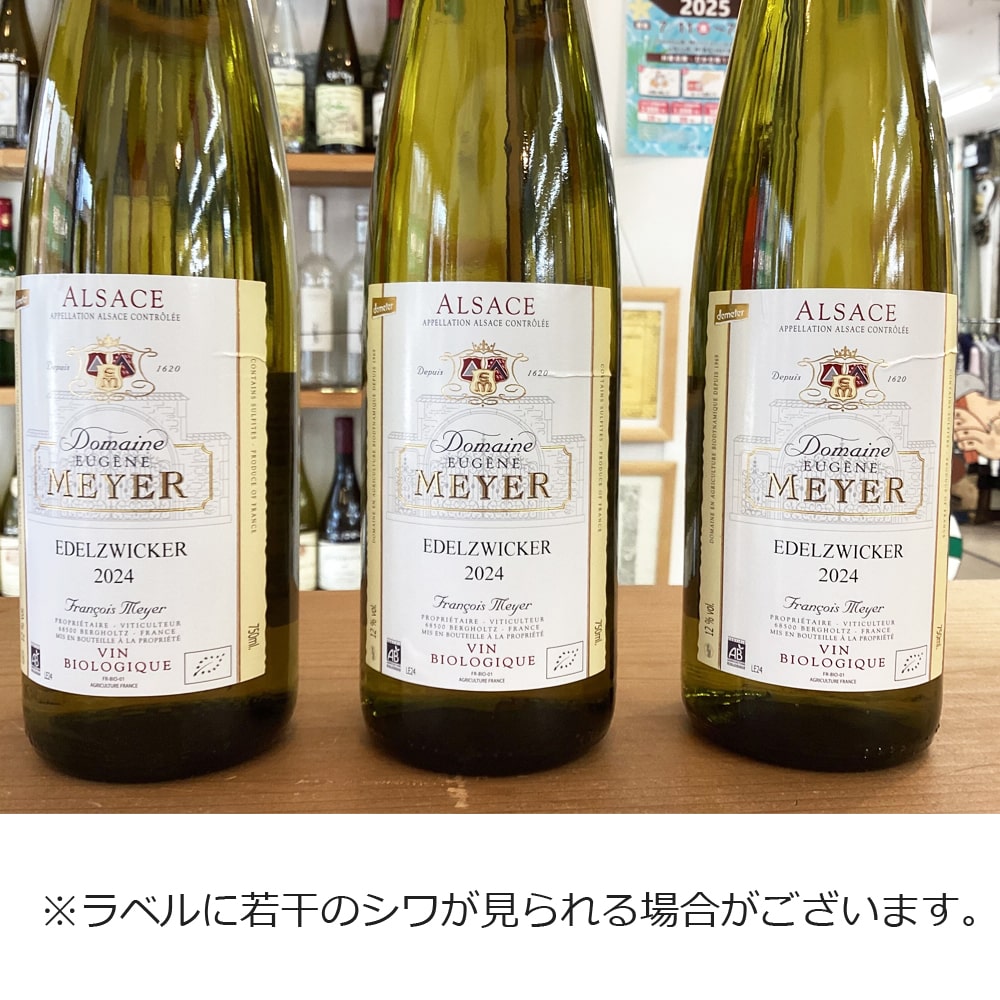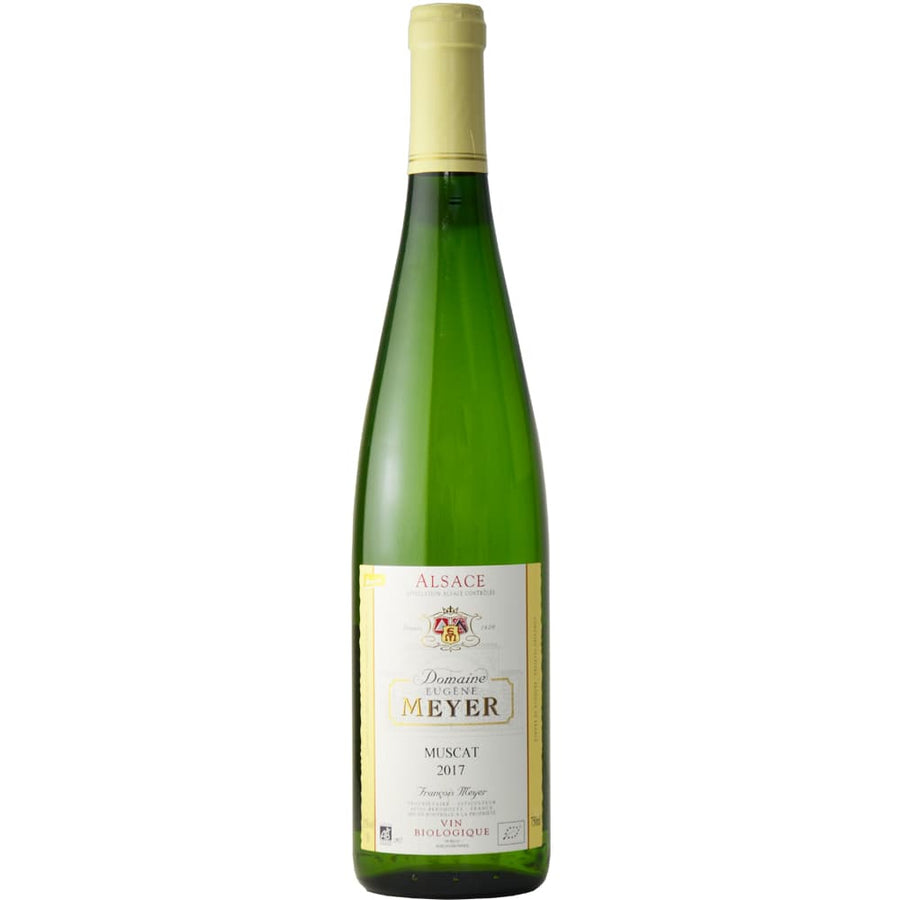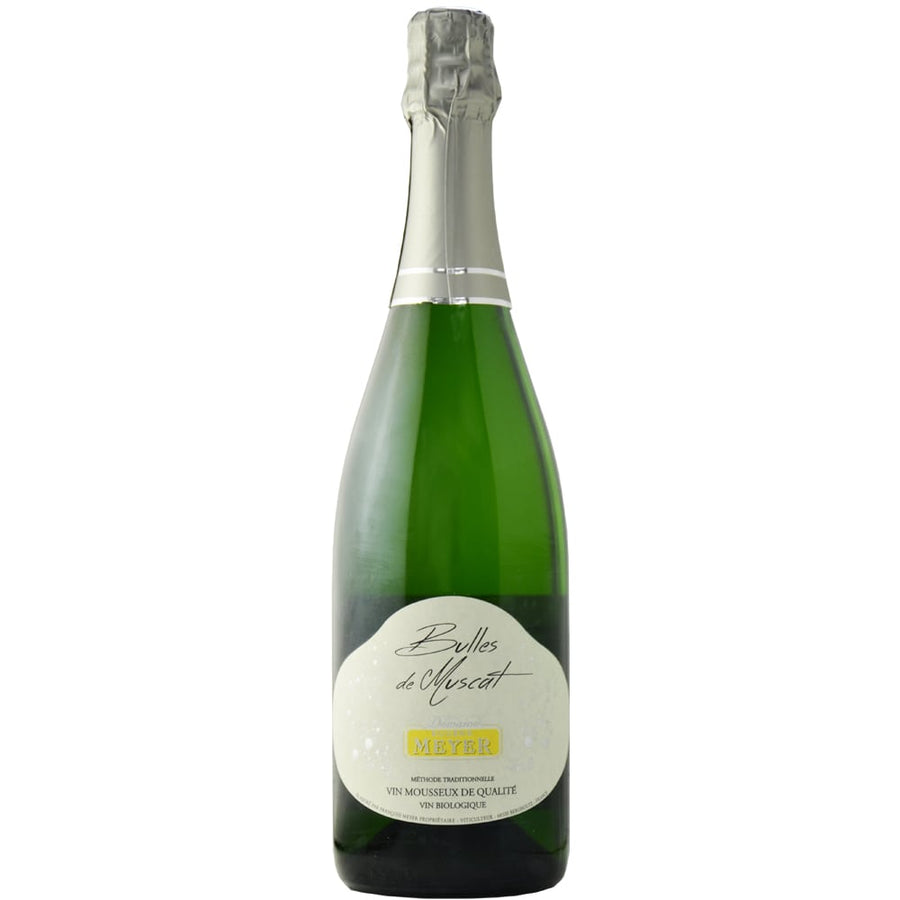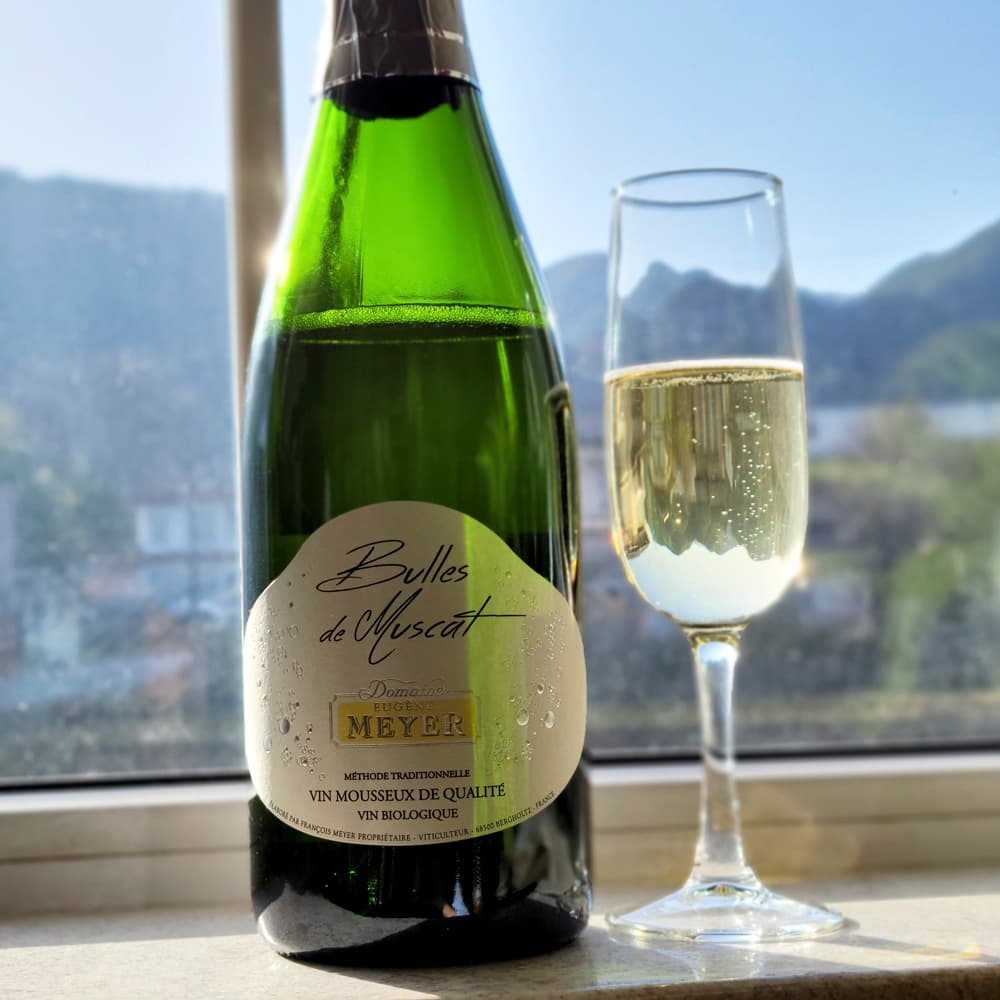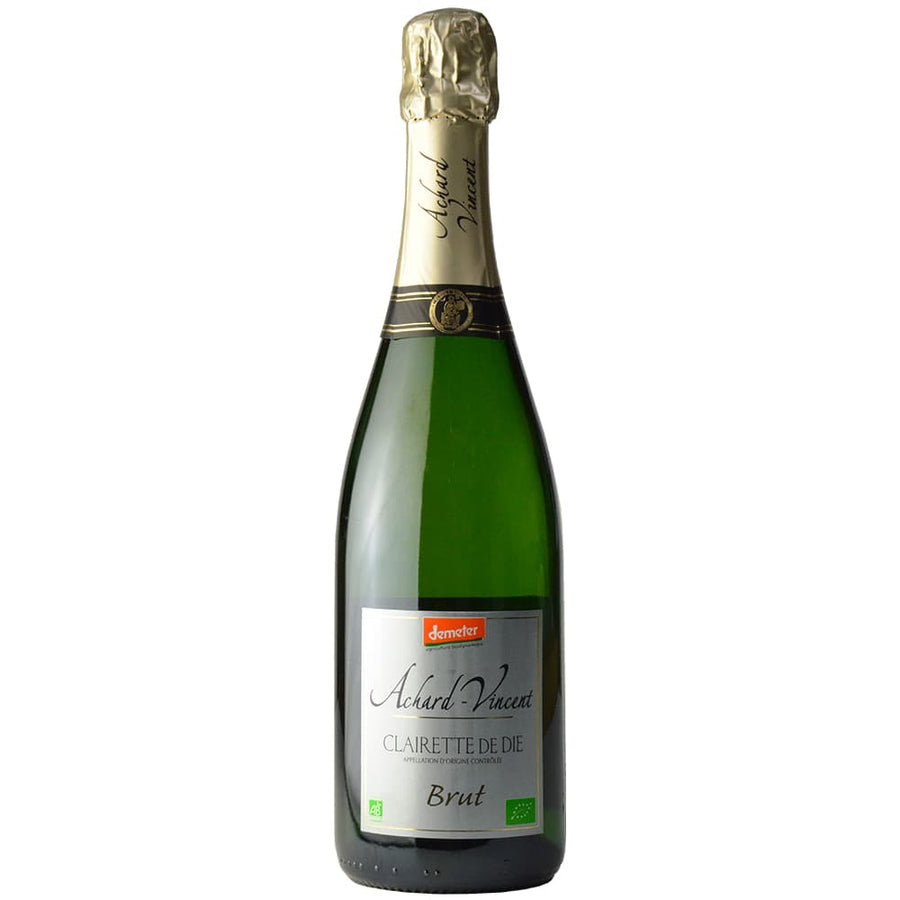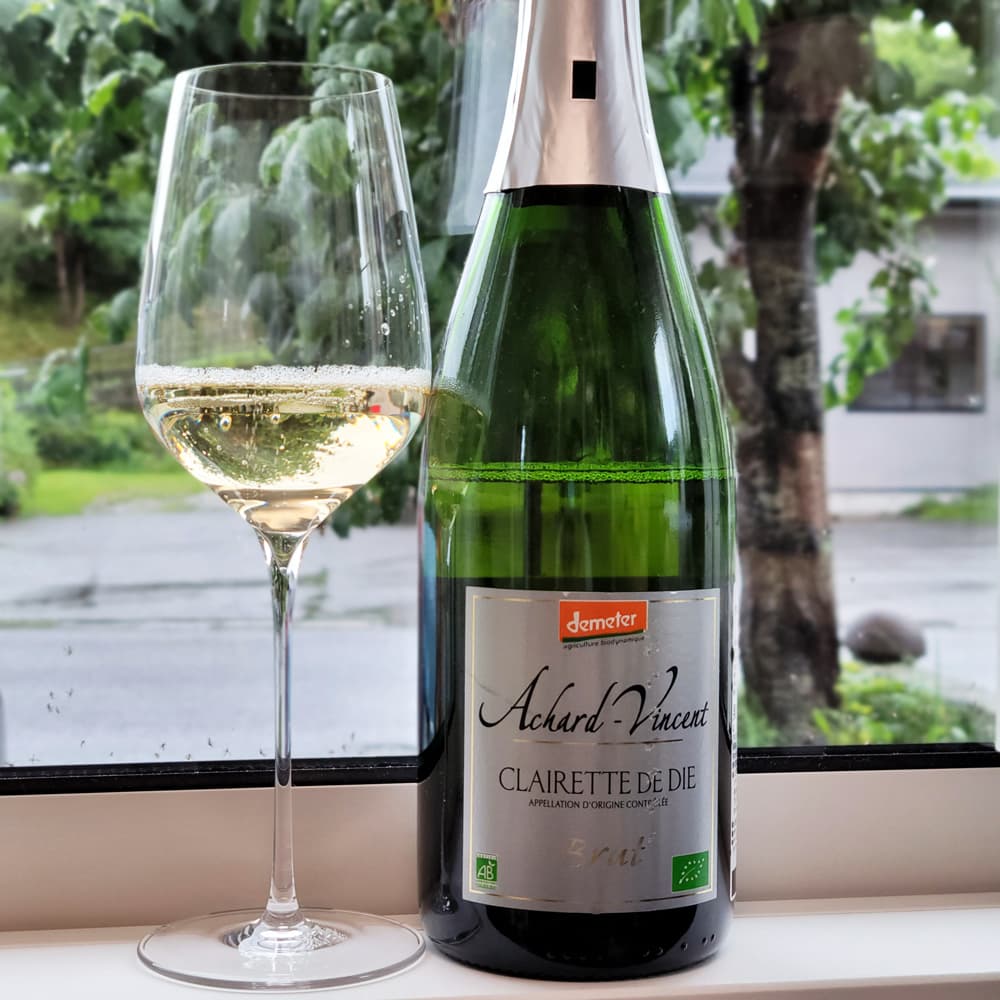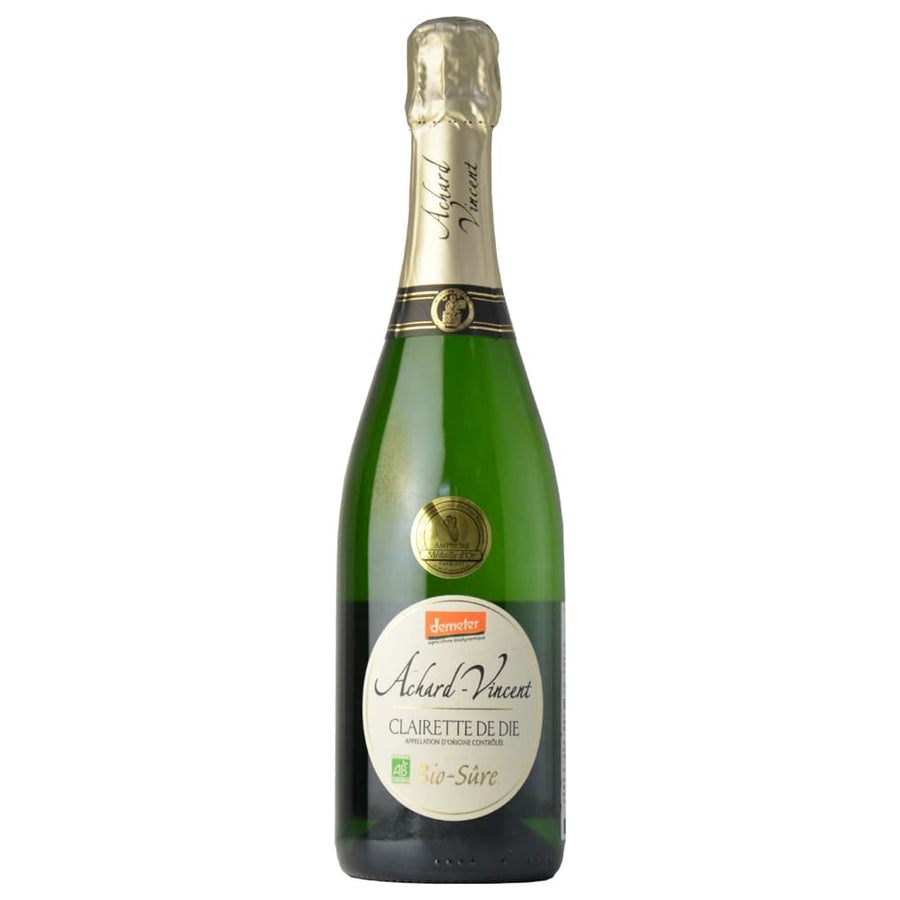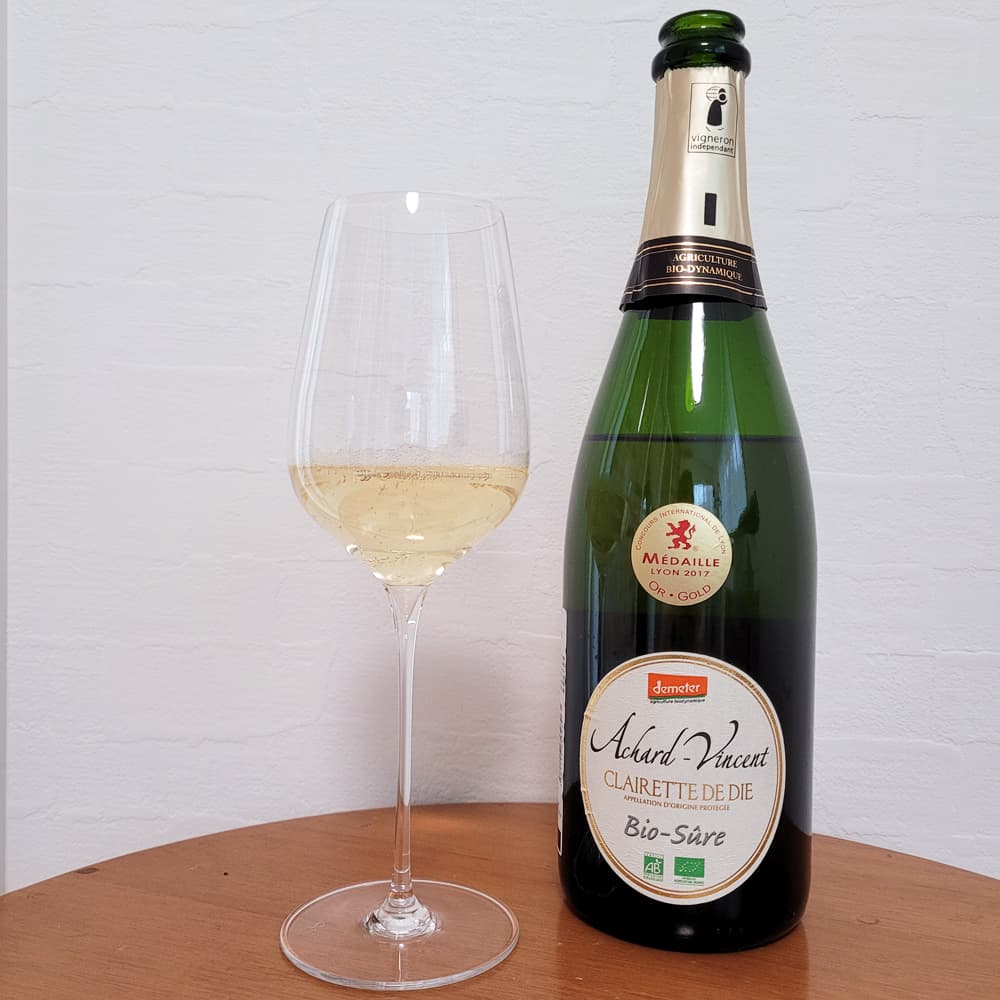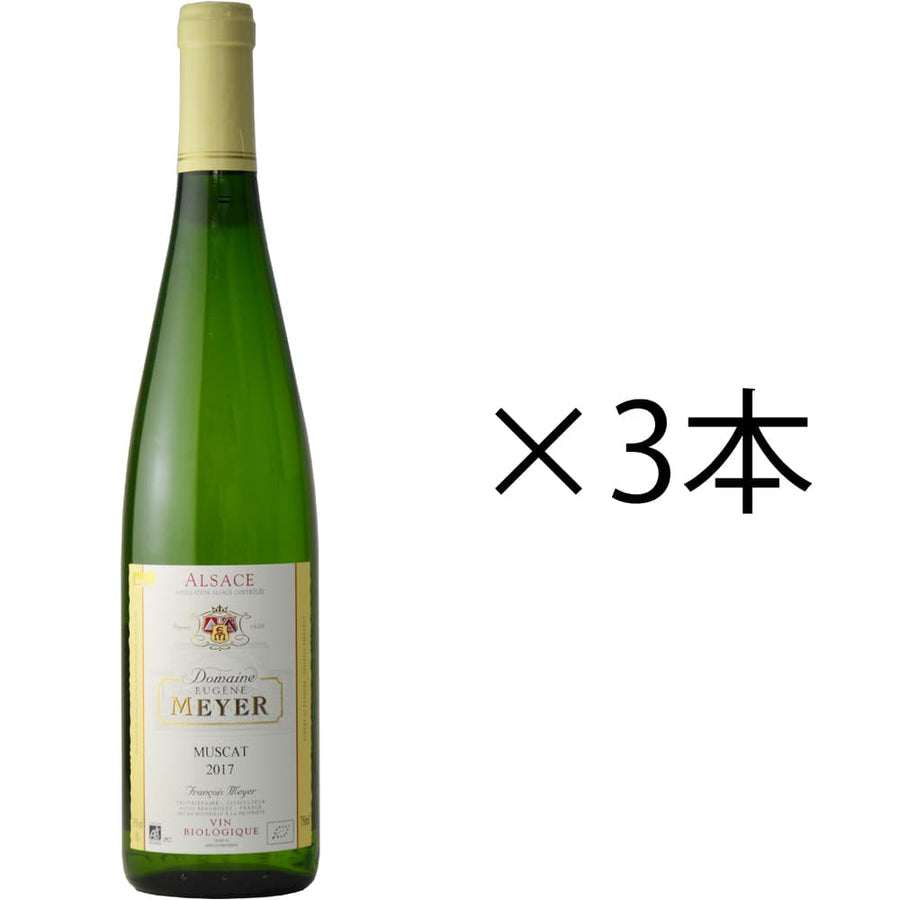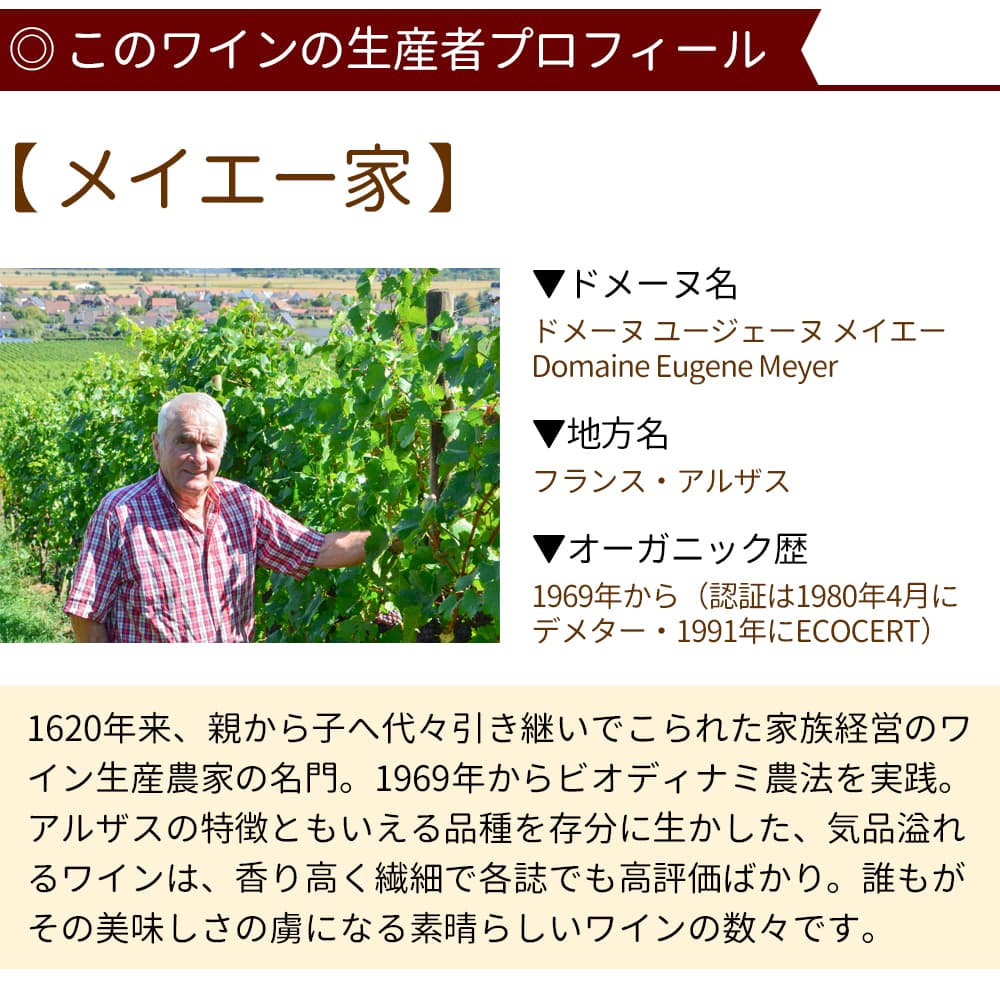Muscat (Moscatel)
7 products
7 products

There are sure to be many people who are captivated by its enchanting aroma. Muscat, which is sometimes used to make white wine, sparkling wine, and sweet wine, is characterized by its strong aroma.
There are more than 200 types of grapes classified as Muscat, ranging from grapes for wine to grapes for eating, from white grapes with green skin to black grapes with skin as dark as Kyoho grapes. Here we will talk about Muscat à Petits Grains, a white grape for wine.
Muscat is said to have originated in the Middle East, and winemaking using Muscat began in ancient Greece, and it was cultivated in Mediterranean countries. This is because bees were attracted to its scent, and it was also useful for honey production. In France, it is said that Muscat was first brought to the area around Narbonne in the south, and it spread from southern France on the Mediterranean coast to the Rhone region and Alsace.
Besides France, it is also grown in Italy, Spain and Australia for the production of dry white wines, sparkling wines and sweet wines.
Muscat à Petits Grains, as its name suggests, is characterized by its small grapes. In the past, it was grown mainly in dry, warm areas, but now it is also grown in the northern part of the country.
Muscat grown in the south is often brewed as a sweet fortified wine in France, a dry sparkling wine in the Rhône, and a dry white wine in Alsace. In Alsace, if the weather and grape conditions are good, Muscat can be brewed as a Vendange Tardive (late harvest) to produce a naturally high sugar content sweet wine of excellent quality.
For those in Japan, you can think of Shine Muscat. The actual aroma is more complex, but it is one of the few varieties in which the lively aroma of the grapes is reflected directly in the wine. It makes you feel as if you are biting into a grape. It also has nuances of citrus and rose.
Dry sakes have a clean, refreshing taste, while sweet sakes have a rich taste reminiscent of honey and raisins.
Due to its strong aroma, dry types are especially popular as an aperitif (aperitif or the first drink before a meal), and are perfect for welcoming guests and starting a fun meal. Muscat goes well with asparagus, which is said to be one of the most difficult ingredients to pair with wine. Be sure to try it in early spring when asparagus is in season.
Sweet Muscat can also be enjoyed as an aperitif, but it also pairs well with foie gras appetizers and, later in the meal, desserts made with blue cheese and pie crust, as well as dried fruit, making for a delicious combination that allows you to fully enjoy the sweet wine.
Pre-order item
Soft armchair
$420.00
Select variant
Select purchase option


